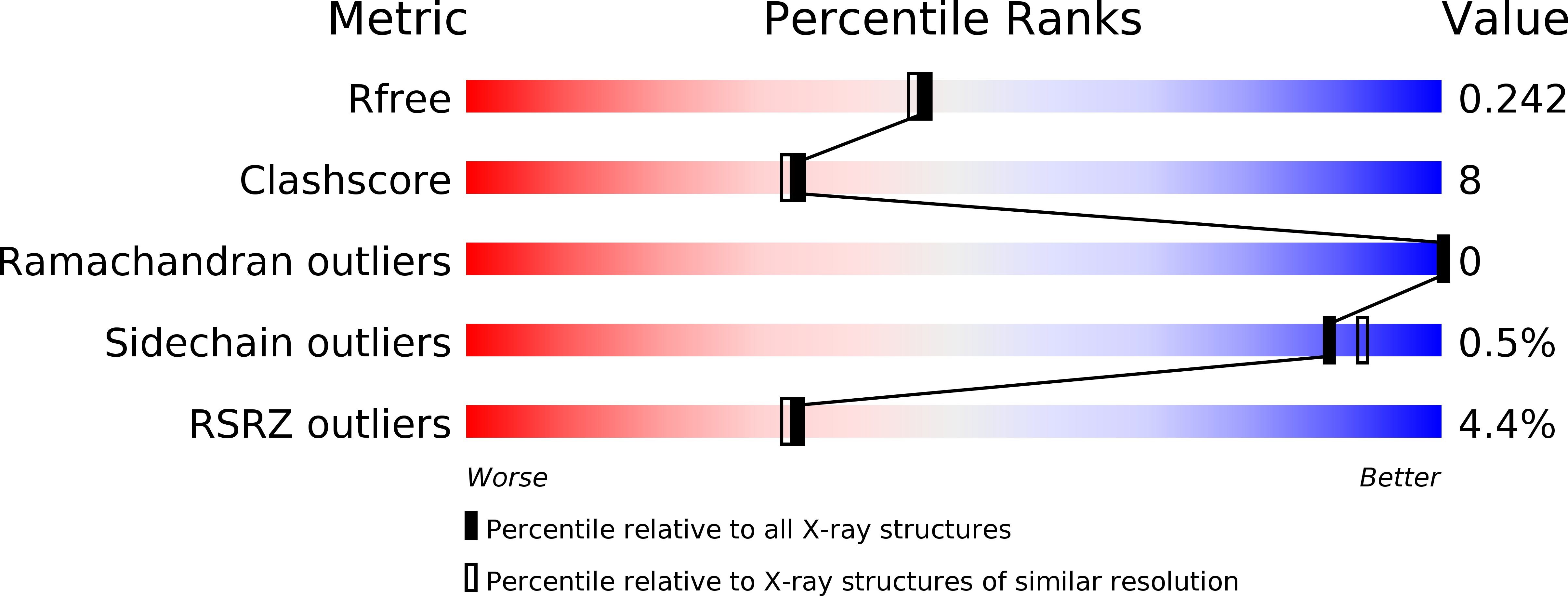
Deposition Date
2004-07-06
Release Date
2005-09-06
Last Version Date
2024-03-13
Entry Detail
PDB ID:
1WMB
Keywords:
Title:
Crystal structure of NAD dependent D-3-hydroxybutylate dehydrogenase
Biological Source:
Source Organism:
Pseudomonas fragi (Taxon ID: 296)
Host Organism:
Method Details:
Experimental Method:
Resolution:
2.00 Å
R-Value Free:
0.24
R-Value Work:
0.21
Space Group:
P 21 21 2


